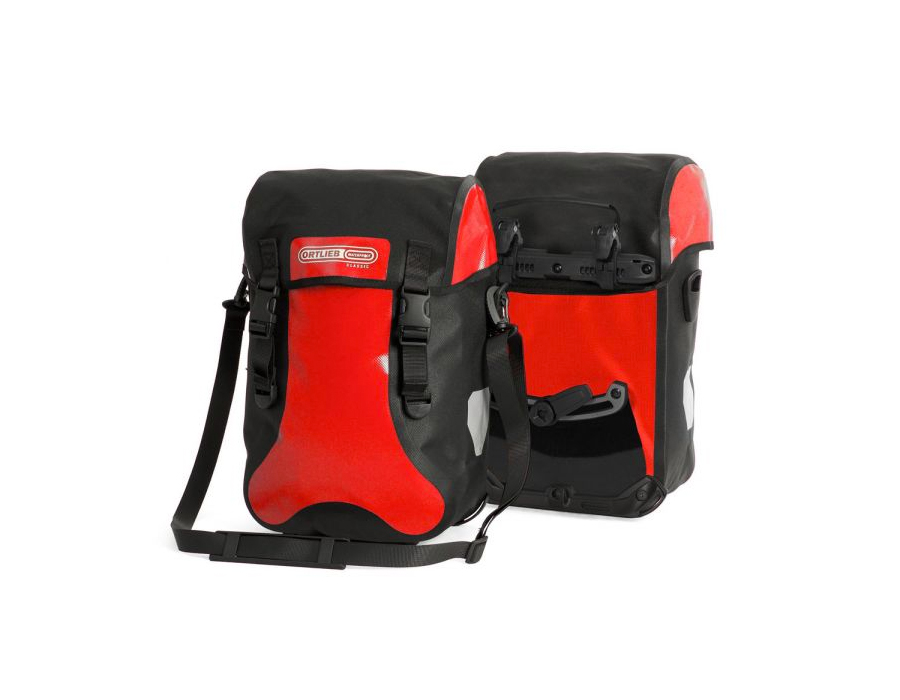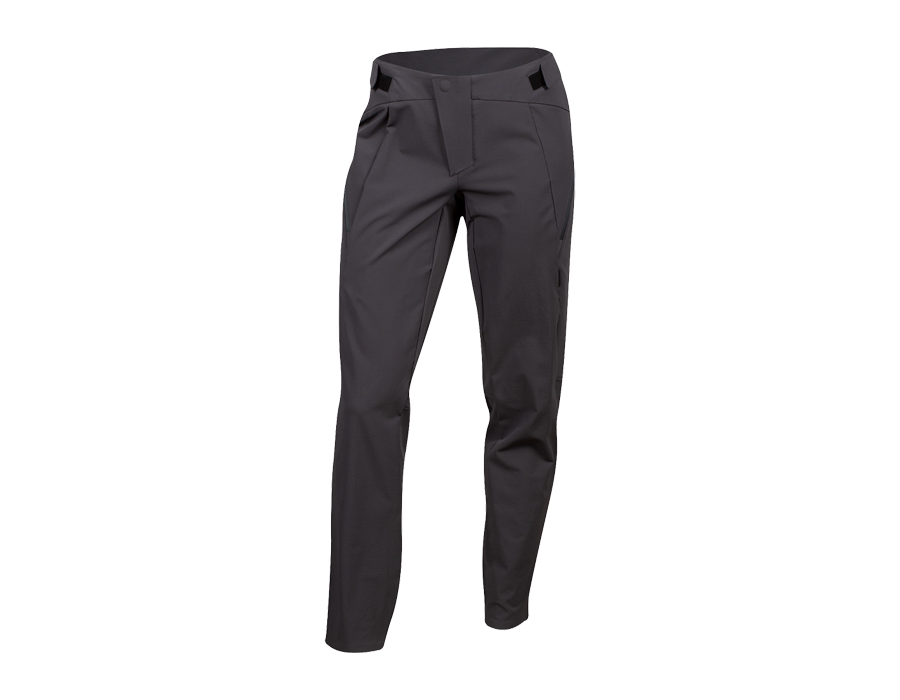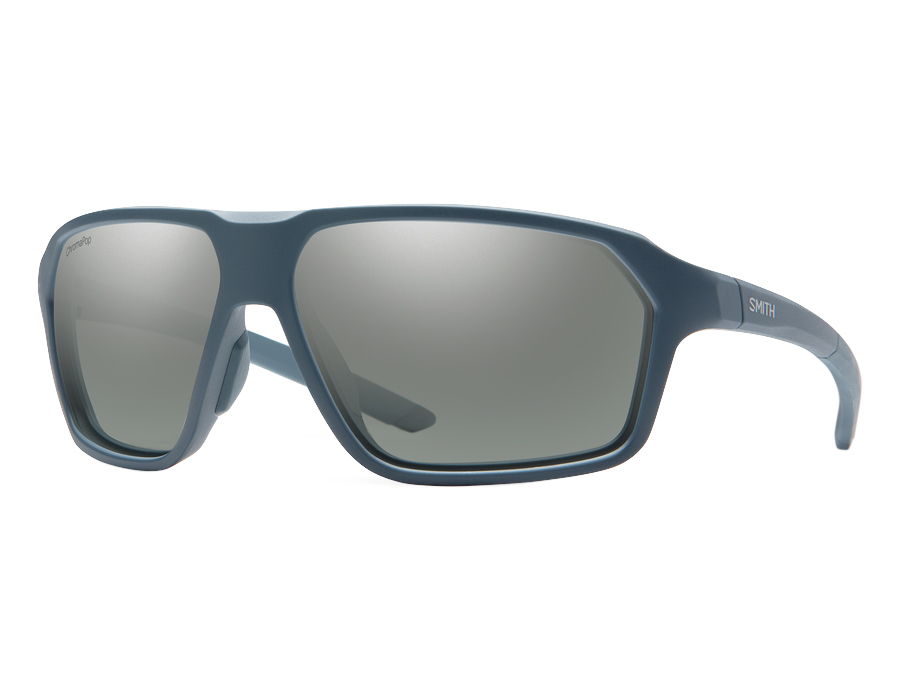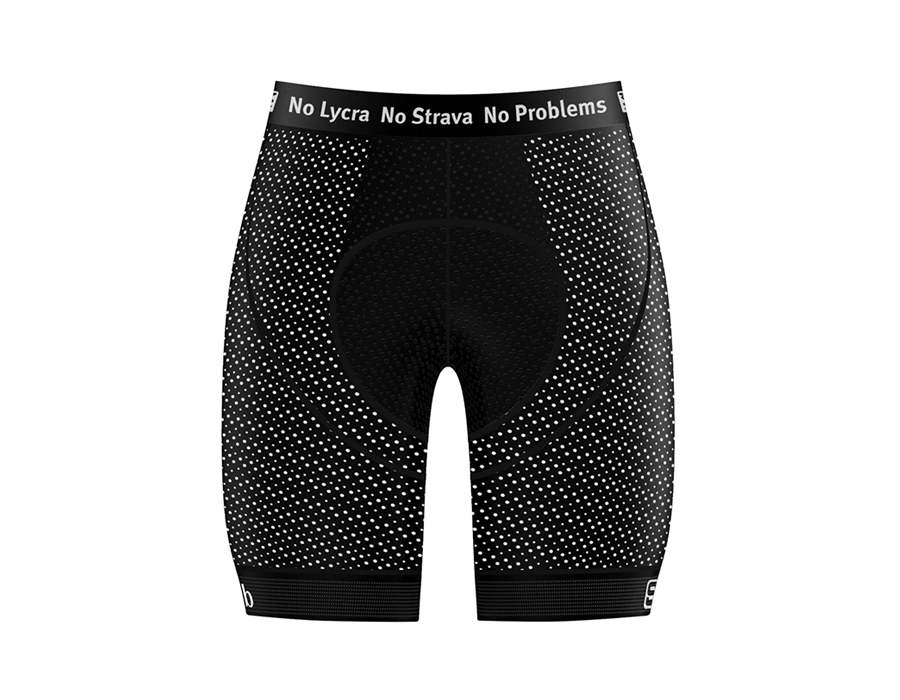Geared Up: Falling for new gear

Ortlieb Sport-Packer Classic Panniers, $185/pair
In our continuing series of revisiting classic bike touring gear (see my review of the Tubus Tara Lowrider in the May 2020 issue), here we examine the Ortlieb Sport-Packer Classic panniers. Heck, they’ve got classic right in the name.
The Sport-Packer Classics are Ortlieb’s front-specific bags with the dual-drawcord closure system, which allows you to keep the majority of the pannier’s contents separate from something you might need to reach for more often, like a rain jacket, with everything protected by the waterproof lid. It can seem superfluous if it goes unused, but it’s a handy feature. The rest of the Sport-Packer Classics should be familiar — Ortlieb’s high-frequency-welded waterproof material, hi-vis panels, inner zip pocket, and the Quick-Lock 2.1 attachment system, which comes with different-sized clips to accommodate nearly any rack.
Unlike simpler hook-and-bungee attachment mechanisms, Ortlieb’s takes a little more effort to set up (especially if you have cantilever brakes in the way), but it’s time well spent. Once you’ve got them dialed, the Sport-Packers go on and come off quickly and easily, and they stay put when you want them to. The Sport-Packers are geared at the road touring crowd, and if that’s your wheelhouse, you’ll be pleased with them. But more and more bike travelers are venturing off the macadam. Is there a place for “Classic” panniers on dirt? Sure enough, one of my regular overnight spots requires a bit of off-roading, with just enough rocks and roots to send a lesser pannier careening off into the woods. The Ortliebs stayed put though it all — even when crammed full of firewood — albeit with a little squeaking from the plastic attachment on the rack.
The Sport-Packers’ $185 outlay comes across as a large sum, but that price is in line with similar panniers from Ortlieb’s competitors, and if you treat them well, they’ll last you a good long while. If it ain’t broke … you know the rest. –Dan Meyer

Pearl Izumi Women’s Launch Trail Pant, $150
As temperatures cool, sometimes tights are the right choice to ward off the chill. Pearl Izumi’s new Trail Pant is a wind-cutting extra layer that also repels blackberry thorns and dirt and rocks way better than Lycra ever could. So I pack these pants for riding and to hang out in when the day’s pedaling is done.
The Launch is made from four-way stretch Cordura that’s been treated to repel water indefinitely. Pearl Izumi says the water repellent won’t wash out (I haven’t washed these pants enough to confirm this claim). The legs are tapered, so there’s no extra fabric to get caught in your chain, but they’re not cut skinny. They easily slide over muscular thighs and calves. The cuffs are sweatpants-style, half Cordura, half elastic, so they’re not tight but not baggy. Handwarmer pockets held a wallet and a phone when I wore these into town. The pockets are angled, positioning whatever I carried in the pockets back on my leg and out of the way for pedaling. I also loved the waist of these pants. It closes with a zip and single snap, then the waist adjusts with Velcro tabs. Nearly all cycling clothing fits close to the body. These pants give me a break from tight clothing, but they’re still super functional for riding. –Berne Broudy

Smith Pathway Sunglasses, $150
How much is too much to spend on sunglasses? I can’t answer that for you, but I know that my tolerance is inversely proportional to the length of time passed since I lost or broke a pair of expensive shades. I’ve been on a hot streak, so my price tolerance is up, which is good if you like Smith glasses — and I do. The brand’s ChromaPop lenses initially struck me as a bit silly, but particularly in lighter tints like the gray “platinum” I tested, the extra contrast makes a real difference to me in changing light conditions and dappled tree cover.
The Pathway is designed for cyclists, with a shape that’s neither entirely “bike nerd” nor off-the-bike acceptable. Coverage is good, however, and neither wind nor debris found its way in (my contact-clad eyeballs are pretty sensitive to both). Wraparound shapes can give some riders issues with fogging, but I’m a poor judge on that front on account of having a prominent nose that lets in some air. Ditto on slippage — nose pads are featured, but I rarely have issues with glasses sliding down my face.
The Pathway’s frames use the company’s Evolve material, which is more than 50 percent plant based. Feels like plastic to me, and durable plastic at that, so no complaints.
Overall, the Pathway isn’t cheap, but if you wear sunnies all day every day on the bike, they’re a solid option in a closer wraparound style. –Alex Strickland

SQ Lab SQ-Short One10, $90
We’re big fans of liner shorts, which allow for baggy shorts over top without roasting in regular Lycra underneath. And these days it seems like every brand is getting on the bandwagon, with more options in both short and bib versions popping up all the time. SQ Lab, the German ergonomic specialists, are getting in on the action with an extremely meshy option. The One10 fabric is, as the brand claims, perforated with holes so that it’s less like a mesh and more like a, well, aerated fabric. It’s very comfortable and very breezy. The thigh grippers prevented bunching without squeezing too much, and the waistband was comfortable in fit if not in branding. “No Lycra No Strava No Problems”? I dunno, if you wanna Strava or Lycra, knock yourself out. In any case, SQ Lab is focused on the chamois, and indeed they should be at this premium price. The chamois is on the firm side and includes a thin layer of TPE gel to handle “shearing forces.” Think of it as MIPS for your undercarriage. Shorts and liners are extraordinarily dependent on personal preference, but I found the One10 rose to the top of my liner options for short- to mid-length rides paired with most saddles, and only occasionally did I wish for a bit more squish. I can’t say for certain if it was the breathable mesh or the foam itself, but on very hot days, the One10 did seem to resist feeling soggy better than most. –AS

